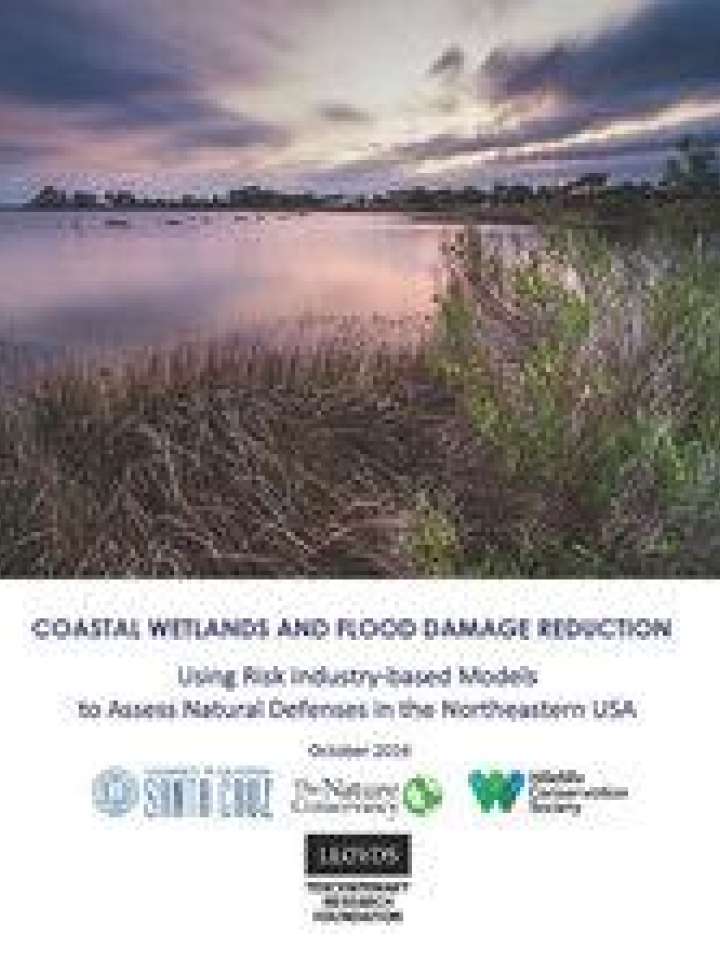Coastal wetlands and flood damage reduction
This study illustrates the direct and indirect flood risk reduction benefits that coastal wetlands provide by reducing flood heights and also by decreasing exposure. It shows that coastal wetlands can reduce property damage from storms and that these effects can be readily incorporated into the insurance industry’s risk models. These results help inform (i) risk reduction and conservation management priorities and (ii) the development of incentives for the conservation and restoration of natural defences.
The authors conclude the following:
- Risk industry-based tools are used to quantify the economic benefits of coastal wetlands for property damage reduction from hurricane-induced flooding in the northeastern USA.
- It is estimated that during Hurricane Sandy, temperate coastal wetlands saved more than $625 million in flood damages and hundreds of millions of dollars in New Jersey alone. Where they remain, wetlands reduced damages by more than 10% on average.
- In Ocean County, New Jersey, salt marsh conservation can significantly reduce average annual flood losses by more than 20%.
These results:
- show that wetlands provide direct, quantifiable reductions in flood risk for individual extreme events and average annual flood losses;
- illustrate that these benefits can be readily included and advanced in risk industry-based tools;
- highlight the importance, especially for development agencies and land-use planners, of the risks of building over wetlands in the lowest elevation exposed areas;
- provide impetus for improving consideration and integration of natural defenses within coastal engineering and risk management practice.
Explore further
